Market Share
Wind Turbine Gearbox Market Share Analysis
The wind turbine gearbox market is a competitive sector where firms strive to acquire larger share markets for them to be identified as the leaders of renewable energy. Different share positioning strategies are used by such companies to gain competitive advantage and secure their presence on the market. A popular approach is differentiation, in which wind turbine gearboxes are distinguished by offering specific features or new technologies. Companies achieve this by offering unique benefits, which may include increased efficacy, longevity, or maintenance needs. This approach not only builds a competitive advantage but also establishes the company as an innovative leader. Another used strategy in the wind turbine gearbox market is cost leadership. Companies that take this route aim at becoming the low-cost producers while maintaining a quality output. With effective production optimization, material procurement efficiency and scale economies, these companies can provide gearboxes at competitive prices. This approach is very helpful to reach budget-minded customers and attract a large share of the market by offering cost effective solutions. Targeting specific groups of customers is therefore dependent on market segmentation. Thus, learning the varied demands of different market segments would enable companies to customize their wind turbine gearboxes according to specific needs. If the company focuses on offshore applications, or small wind farms, areas with specific environmental characteristics it can absorb market share by becoming some kinds of specialists inside niches. Wind turbine gearbox markets are increasingly influenced by strategic partnerships and collaborations. Through partnerships with other stakeholders in the same industry, suppliers or research establishments creating alliances will have access to complementary resources; they can share knowledge and harness each other’s strengths. This joint strategy encourages innovation while at the same time improving competitive strength across these firms thereby securing a larger market share together. Geographical expansion presents a strategy to reach new markets or regions. The demand for renewable energy is increasing worldwide and that the companies look beyond their national markets to find opportunities. Companies can also boost their market share substantially by geographic expansion into emerging markets or regions that have a large potential for wind energy production. The wind turbine gearbox market depends on continuous research and development.

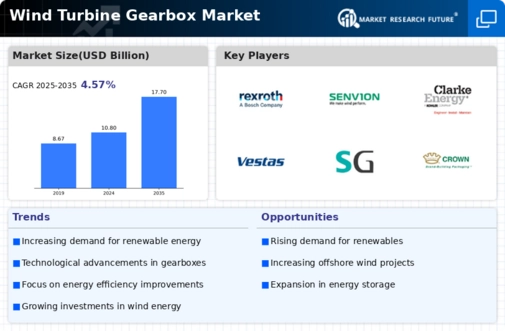
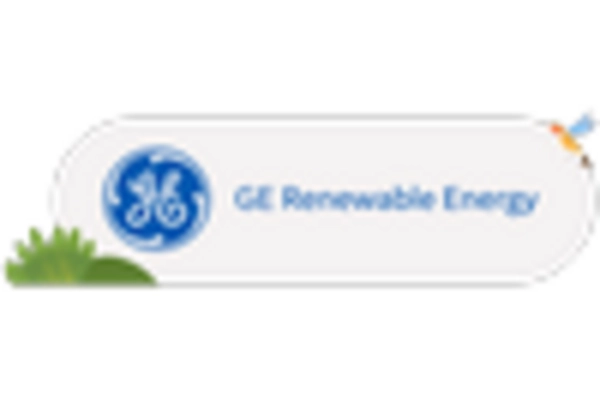
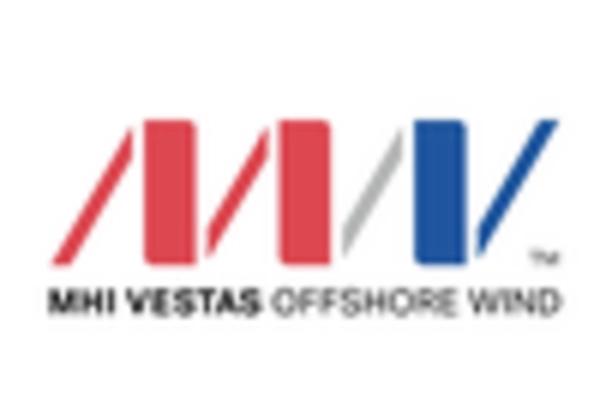
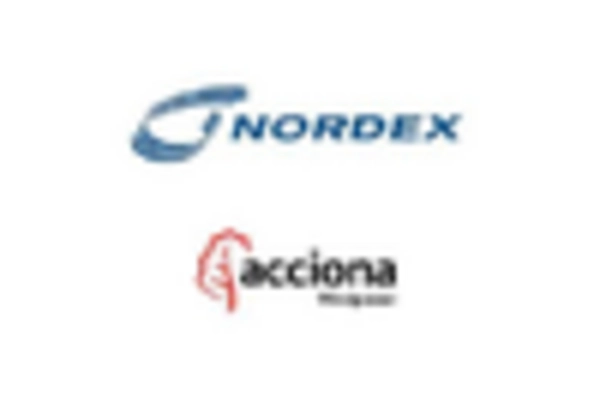
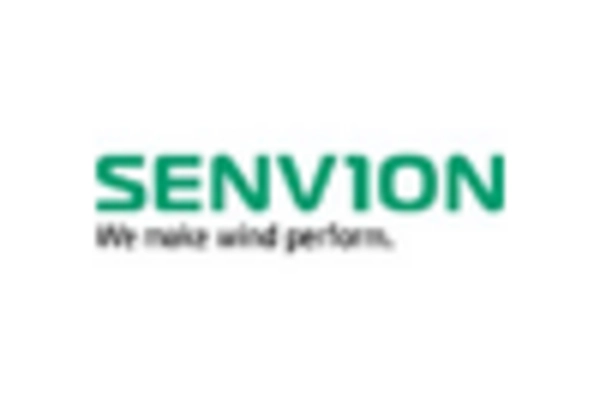
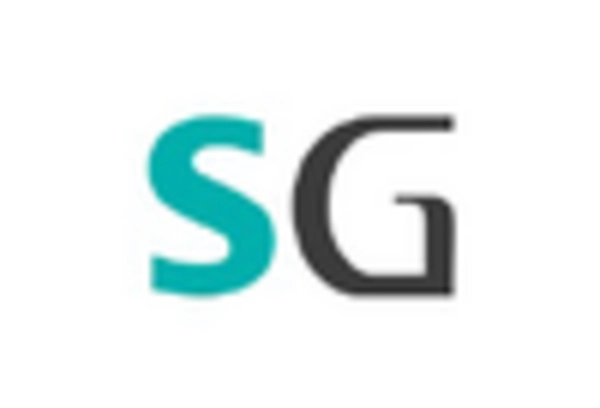
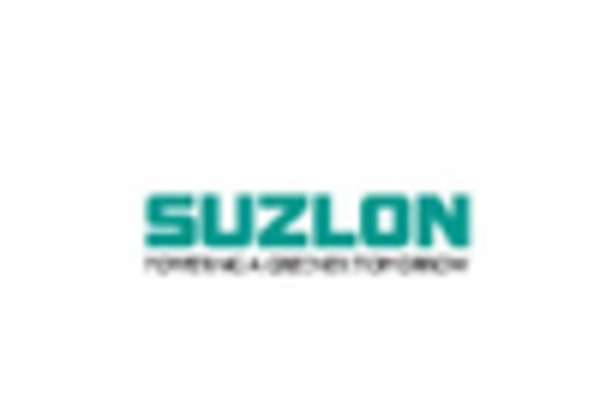









Leave a Comment